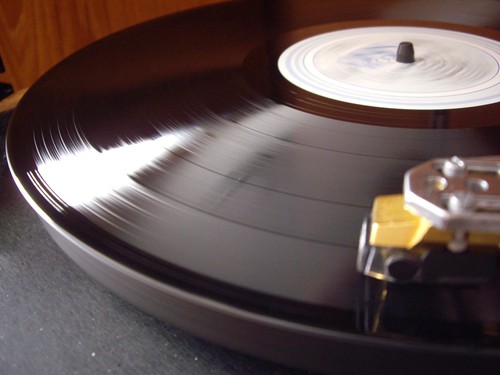More tales using Screwfix's 'No Nonsense Wood Glue' (£5.60 for a 1lt bottle or £20 for a big 5lt jerry can...)
I went to town on a rather tatty copy of The Blue Niles 'Walk across the Rooftops'
that I bought second hand a few years ago for £1.
All I can say is
wow. This LP now sounds like it's just left the pressing plant. All dirt is
completely gone. Trick is to make sure you use enough at the lead-in and lead-out
grooves - makes it easier to peel off. Like icing a cake...
Side 1...
Side 2 after cleaning...
That Blue Nile LP now sounds amazing. I was ready for chucking it and getting a
new copy of it. Glad I didn't. It cost me 5 minutes of my time to give it good coating
of glue, then let it dry for 20 hours. No skin off my nose how long it takes to dry
out - I can do more LPs in that time.

James H






 - if you catch my drift... (just try the ordinary wood glue).
- if you catch my drift... (just try the ordinary wood glue).